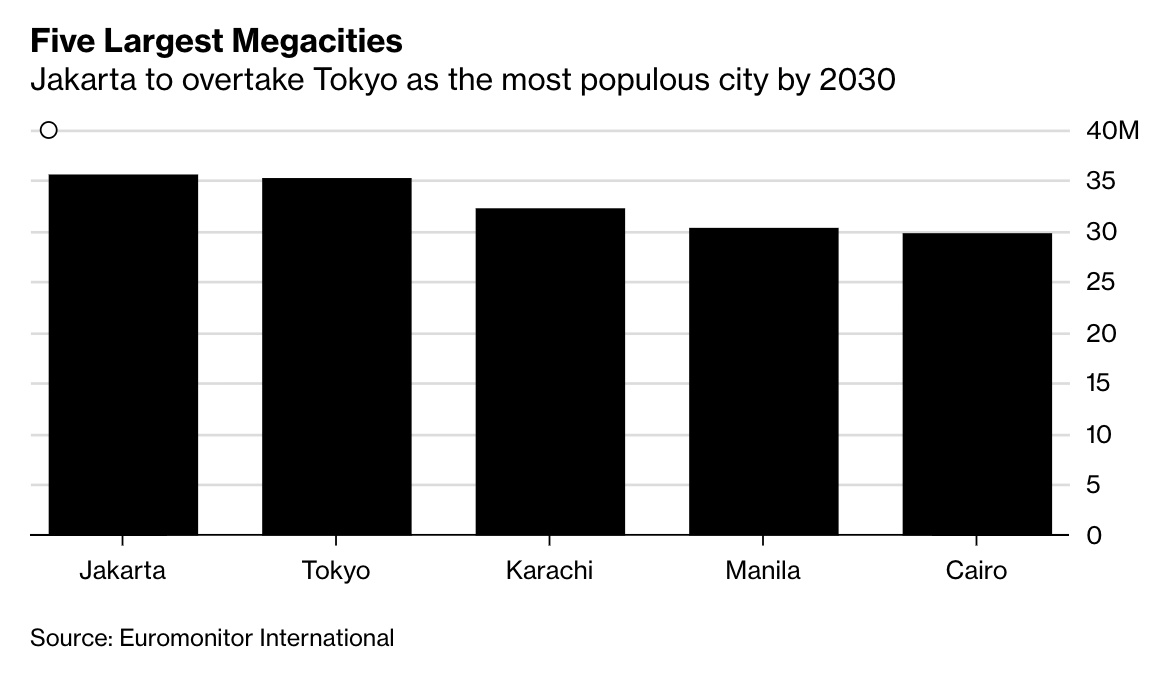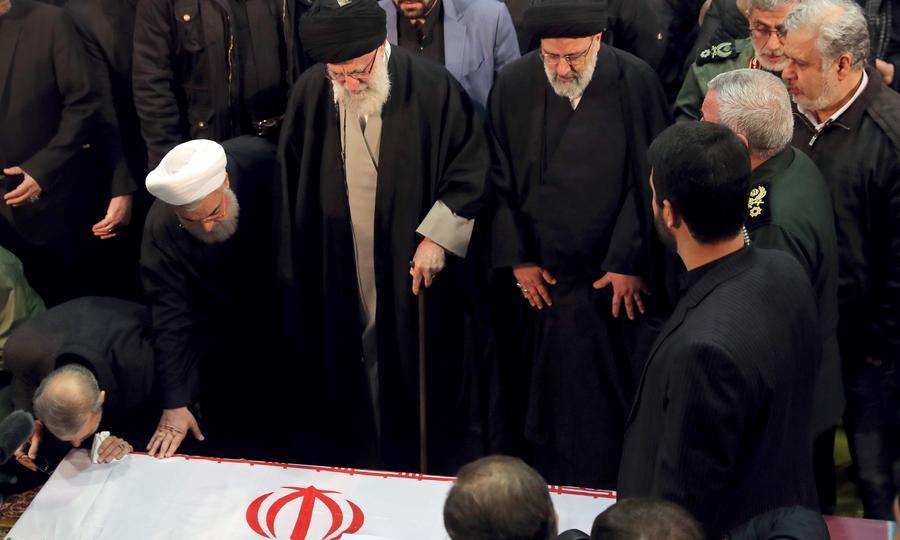The Three Main Reasons Trump Can’t Lose 2020 – Dispelling Nonsense-Polls & Wishful-Thinking
Authored by Joaquin Flores via The Strategic Culture Foundation,
Cutting through the media noise and outright nonsense in assessing the upcoming election is going to be a necessity for anyone who wants to know what’s truly afoot.
Back in October, Moody’s Analytics assessed their confidence that Trump will win in 2020. While yet another impeachment fiasco has been advanced by Democrats, this time going as far as a vote in the lower house, Moody’s has not issued any change in their assessment. That’s probably because this impeachment charade is being seen for what it is.
Many of the figures being discussed otherwise in the news cycle are quite irrelevant. This is because they are national polls, when only the opinions of certain cross-sections within swing states can reasonably said to be of any significance. Republicans still back Trump, Democrats still oppose him.
Here are the three real reasons why Trump will win…
With no buzz, there’s no victory.
This is the most important, and deserves the most attention. The Democrat-controlled media establishment from the NYT, MSNBC to CNN, is abusing their push-poll powers to promote boring and centrist candidates. But it’s the genuine energy and enthusiasm of precinct walkers and phone bankers that matters more than most numbers. Enthusiasm is contagious, and a lack of enthusiasm creates a vicious cycle.
DNC strategists and pollsters make the same error that almost every single top-down managed company makes in their own sales-team policies. They wrongly imagine that no matter the product they are selling, what makes a product sell is a direct consequence of the advertising dollars and deals with media. They believe that creating energy around a product is entirely a hyper-reality based simulacrum with little-to-no basis in the real world.
To the contrary, for most products it’s the word-of-mouth enthusiasm of consumers and potentials, along with the enthusiasm of the sales team that actually pushes sales. If the enthusiasm isn’t genuine, then it isn’t there. If there’s no buzz, there can be no victory.
So when it comes to a combination of union and NGO staffers, who have to mobilize dues paying members and volunteers to get out the vote, people cannot fake enthusiasm.
Obama won despite the country trending conservative across a number of matrixes since the victory of Bush I in 2000. This was because of the tremendous energy and excitement around his campaign based in the themes of hope and change. Obama posed as a very left-wing candidate who would not only be the first African-American president of the country, but moreover bring in socialized health-care and end the war in Iraq, and reverse decades old legislation that had hampered labor’s ability to organize.
Without Obama-level energy, it’s only natural that a conservative would beat someone who appeared liberal across social and ‘pc’ matters but was flat on labor and real economic justice matters. That’s because without an invigorated candidate running an economically ‘radical’ platform, the blue collar left and idealistic leftist students who form the backbone of a genuine grass-roots campaign can’t get excited.
In the present paradigm, Democrats can only win the White House when new voters come out to vote.
Democrats will probably lose no matter what, given the immutable facts around this election and the incumbent, but the way they are running their strategy so far will guarantee it is a Trump electoral college landslide bigger than 2016. Right now Democrats might only succeed in getting more Democrats to turn out in states they were already going to win.
And so strangely, in 2020 we might expect Democrats to win even bigger on the popular vote, simply because Hillary is not going to be candidate, and given how populous states like New York and California are, but lose harder on the Electoral College.
The any given Sunday rule still applies to elections, and so taken all together, the only chance Democrats do have to win is some combination of Sanders, Yang, and Gabbard.
The Impeachment is Galvanizing Trump’s base and Independents didn’t appreciate Pelosi’s moves
This is something like the opposite of the Democrat’s lack of an exciting candidate, and really explains why no candidate but Gabbard (who played the right card with her ‘present’ vote on impeachment’), can come out of this unscathed. Many polls seem to indicate that Trump’s numbers across numerous key matrixes improved surrounding the impeachment gambit.
In reality, this election will rest on a) independents who are in b) swing states. Independents are prone to the galvanizing excitement of partisans. Since Trump’s people are galvanized, and Democrats are not exciting their base, independents will go for Trump. That was also reflected in polling over impeachment itself.
Independents are not some 5 or 10% of the voting base that might just ‘push one candidate or other’ over a notch to victory. Independents make up a whole 38% of the electorate.
Only 41% of independents supported impeachment.
Looking at Pelosi’s statements and methods, it would appear that the process left Democrats looking extremely partisan to the detriment of getting the business of the country done. That business included the USMCA, the Mexico-Canada Agreement that redefines a host of matters previously mishandled by Bill Clinton’s tremendously unpopular NAFTA. Why this seems to be the case – Trump was in the process of getting his USMCA through congress, and with high support from organized labor. As we consistently explain, Democrats rely on organized labor not only for votes, but more critically for their entire ground campaigns, especially making phone calls to other voters, and precinct walking during the campaign and on Election Day. That labor always opposed NAFTA and generally supports the USMCA is critical. The key line in Pelosi’s post impeachment charade statement, regarding why they were not actually going to send the articles to the Senate and therefore complete the process of impeaching the president, was that she said specifically that they needed instead to prioritize passing the USMCA.
Imagine that for a moment. Because of the relationship between labor and the Democrat Party, it was necessary for Democrats to appear as its champion, even that it was their idea in the first place. This means that Democrats had the practical wisdom to understand that their impeachment charade did not appeal to blue collar Democrat voters, but in fact would work against them. What they needed in part in the impeachment, apart from implementing their strategy of a thousand cuts, was to energize college educated upper middle-class boomers, which form the bulk of the Rachel Maddow, and Democrat leaning mainstream media consumer demographic. While these people control work-place politics and effectively police water-cooler talk, this back-fires. Voting in the US is secret ballot – and so with this class in control of people’s ability to remain employed, unenthusiastic, rehearsed, regurgitated, manufactured ‘orange man bad’ utterances are more commonly heard than they are truly believed. People say one thing at work to keep their job, and then vote another way on Election Day.
But the USMCA fiasco surrounding the impeachment tells us a lot. Eight years of Bill Clinton and decades of his NAFTA has been symptomatic of the Democrat’s anti-labor politics. Democrats from that time onward invested their political capital into developing socialism. However, they didn’t develop this in the US, but in China – while in the US a crony class grew up and lined their own pockets from it all. This is something which is perhaps, in a strange turn of events, quite good for China and many other developing parts of the world including Africa. But that has come at the expense not of America’s wealthy ‘bourgeoisie’, but rather its own ‘working class’. Bill Clinton was supposed to work to reverse 12 years of Reagan-Bush, whose anti-labor policies amounted to one of the single greatest austerity campaigns in US history. And yet this was only to be outdone by Clinton’s outsourcing and off-shoring of jobs, and deregulation of the financial sector.
What has shown to matter least of all, and especially where Trump is concerned, are polls. And even here too, polls – when read correctly – point to a Trump victory.
There are also reasons why left-wing Democrats like documentary film maker Michael Moore also understand that Trump is likely to win. Needless to say, his fixation therefore on an impeachment succeeding, and his blanket support for Nancy Pelosi’s absurd and failing strategy, is also why even progressive Democrats like Sanders fail to understand why Trump is unbeatable. Their placing hopes in impeachment isn’t so much that impeachment is viable or likely, but from a sober and scientific approach, it’s only more likely than an electoral defeat of Trump at the polls given that the party stubbornly insists on promoting Biden and Buttigieg.
“It’s the economy, stupid”
Sure, it will always be argued that the improved economy under Trump was in fact either related to impersonal forces of the global economy unrelated to Trump; sun spots, the invisible hand, or Obama policies whose fruits we are now only reaping. But voters never go for this reasoning. Partisans do, but voters don’t.
Democrats at best are going to point out that while employment numbers have improved, ‘never before have so many earned so little’. And while that’s true, we are dealing with a badly bruised and insecure American working class. Things right now appear to be going in the right direction, and so being able to find work even if it’s a lower salary than they had before their several-year unemployed stint, they are literally thanking the heavens, the stars, and even Trump, that today they have any job at all. And even here, Trump’s tax cuts put a few thousand dollars back in the pockets of households where the average combined income is about $70k. His even larger, but targeted, tax cuts for the rich in certain areas, due to the economic growth these cuts in part inspired, resulted in more tax revenues overall.
And yes, we get it – old black people like Biden. At least mainstream media reports on certain polls, whose methodologies we can’t see, report as much. What did that question actually look like? We think the push-poll went something like: “In the coming election, would you support Obama’s good friend and Vice President, a gay mayor, a neurotic Jew, a Hindu veteran who may have PTSD, Pocahontas, or a Chinaman good at math? Obama’s VP was Biden. Will you vote for Biden? Y/N”.
But still this figure is misleading, and doesn’t relate to Biden’s electability, but is supposed to get past this trope that he’s a racist – a meme trending surrounding the first few debates. Older black voters won’t turn swing-states, and older black voters aren’t part of an energized or energizing electorate for new voters. This means that the media’s reportage cycle on this ‘factoid’ is about virtue signaling to the above mentioned Rachel Maddow demographic that Biden is ‘progressive since black people like him’. Oh, you don’t like Biden? Well black people like Biden. Don’t you like black people?
And our jokingly hypothetical poll question aside, the reality isn’t far off. This targeted poll of black voters relates almost entirely back to labor union activism. The DNC controls organized labor, and Biden is the DNC’s choice. Black workers are extraordinarily over-represented in the public sector, and the public sector is extraordinarily over-represented in union membership. Older people are more likely to be involved in activism in their labor union, and as a consequence, older black people trend towards Biden more than other candidates. This factoid may trend well right now in media, but will have nothing to do with the outcome of the election except that it will guarantee Trump’s victory if Biden is the Democrat nominee.
And so we have it, our three primary reasons Trump will win: the lack of enthusiasm for the DNC’s picks, the increasing enthusiasm among Trump supporters which will be contagious (again), and the economic growth which, while favoring the rich, in fact did in this case ‘trickle down’.
Tyler Durden
Mon, 01/06/2020 – 23:25
via ZeroHedge News https://ift.tt/2ukBnH6 Tyler Durden






